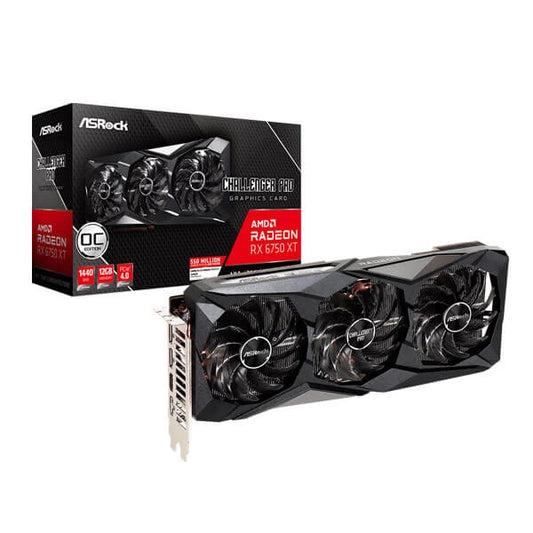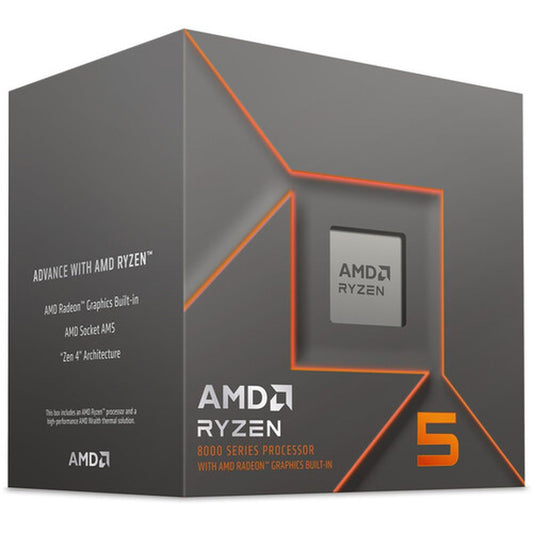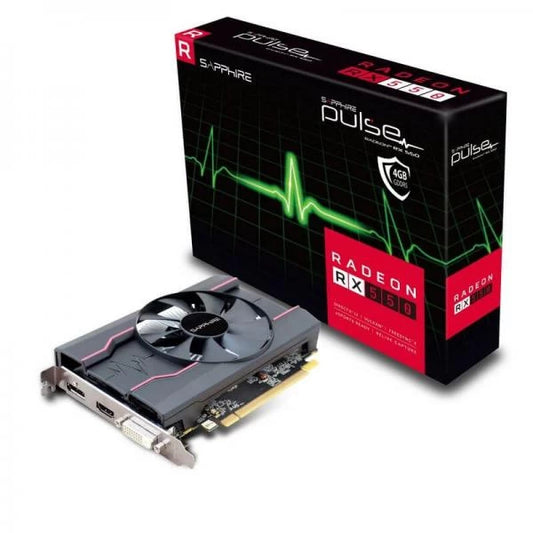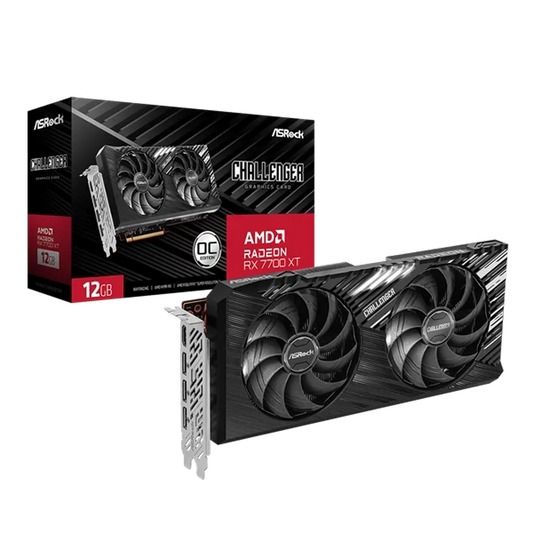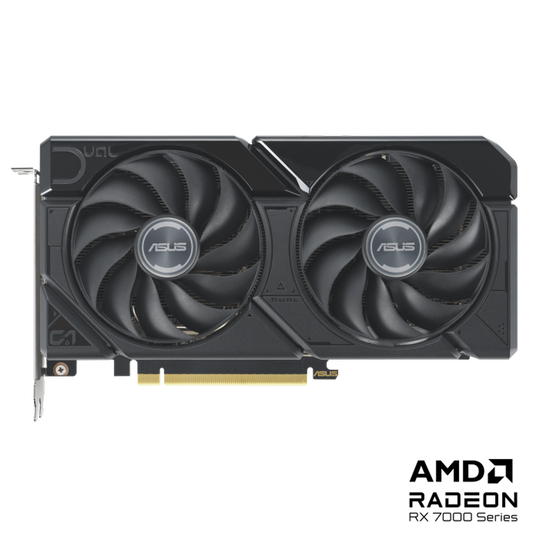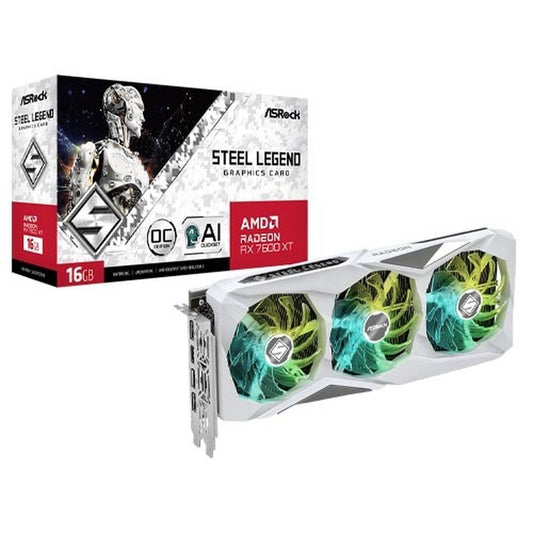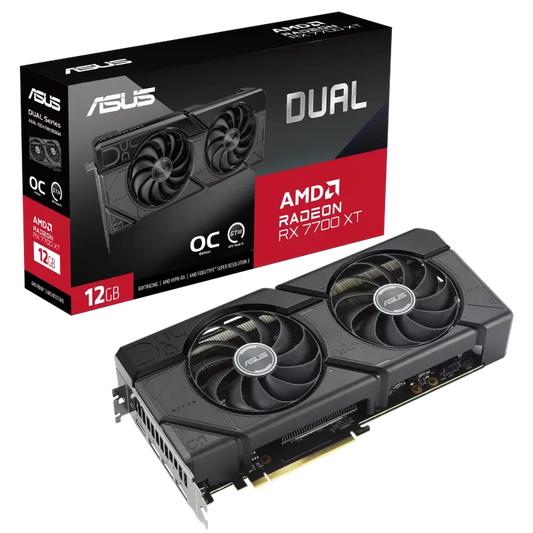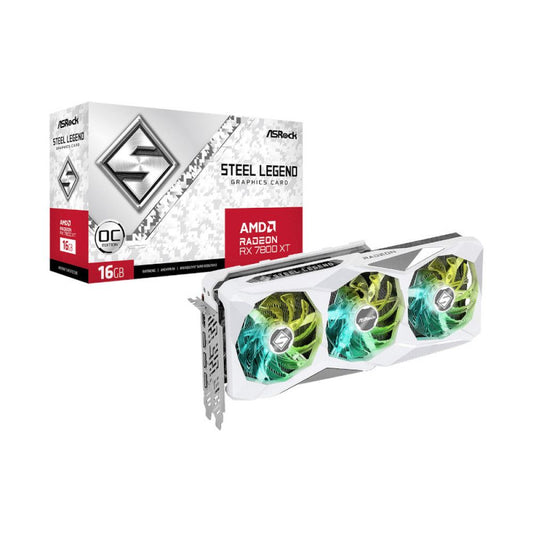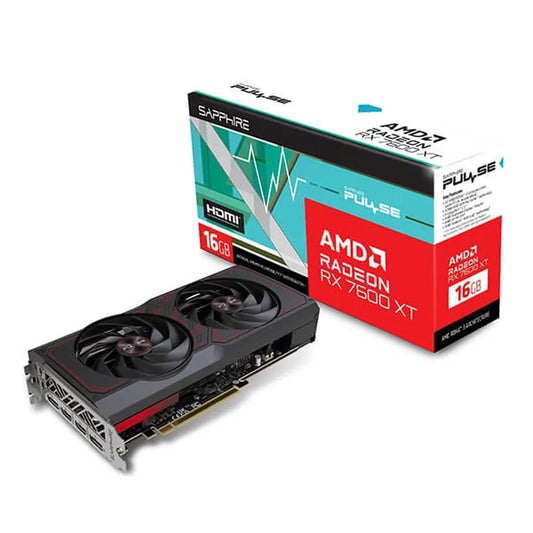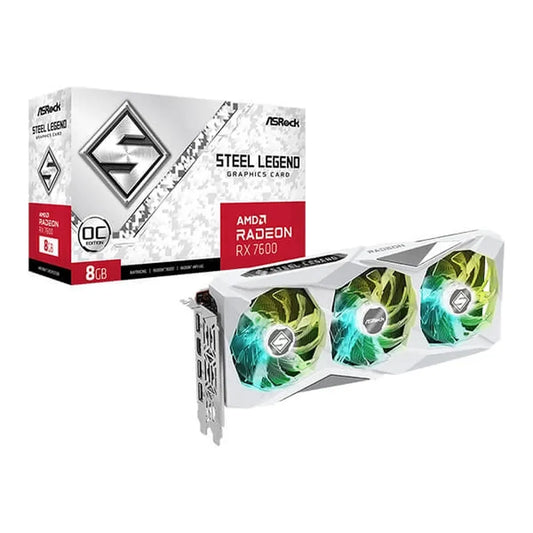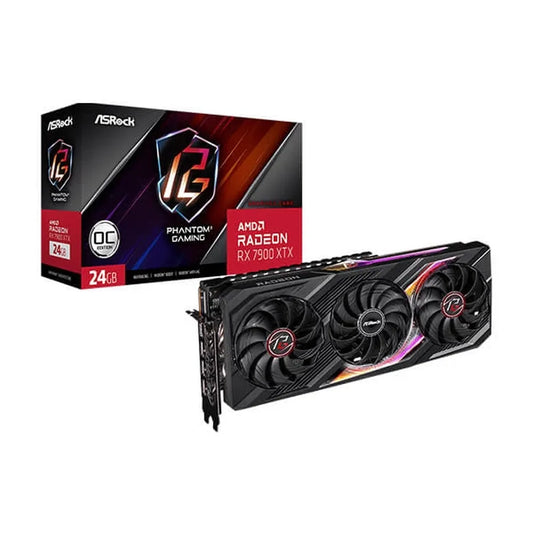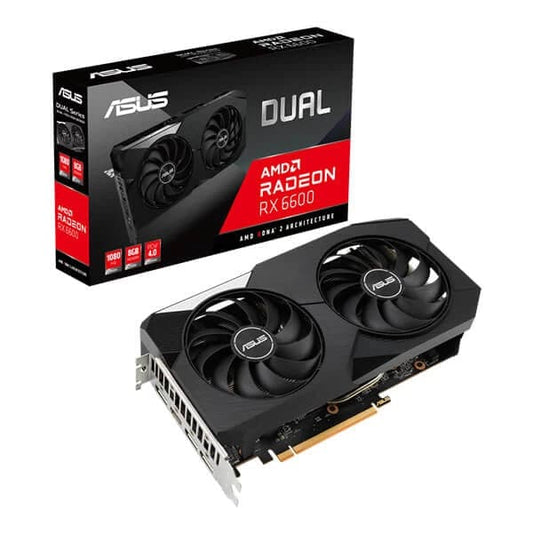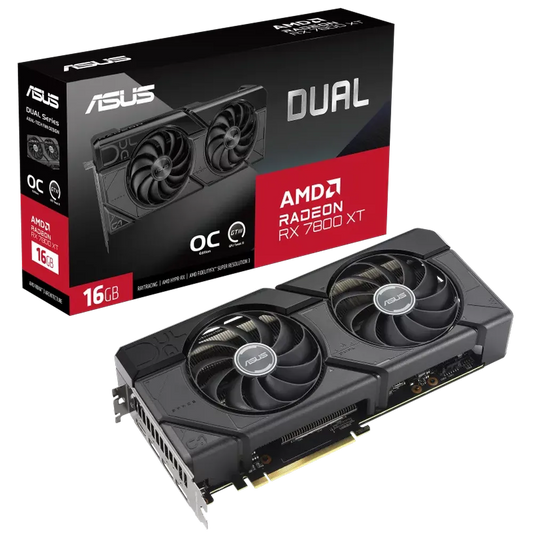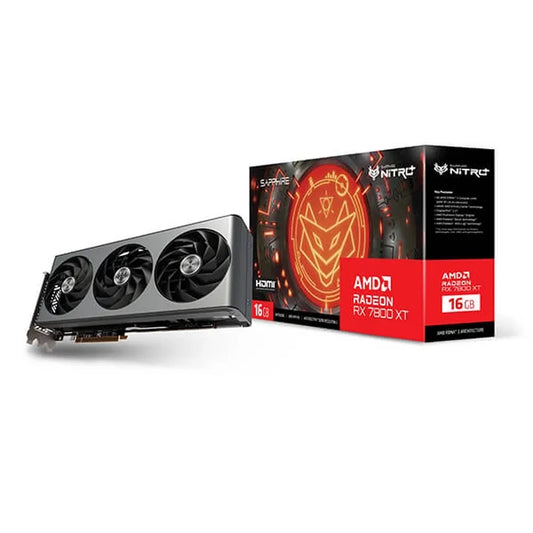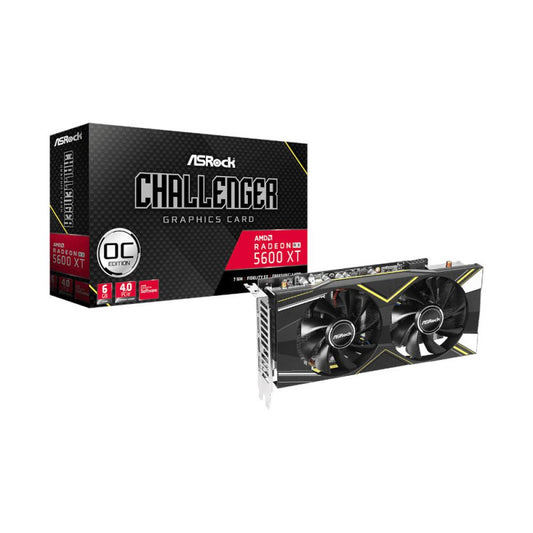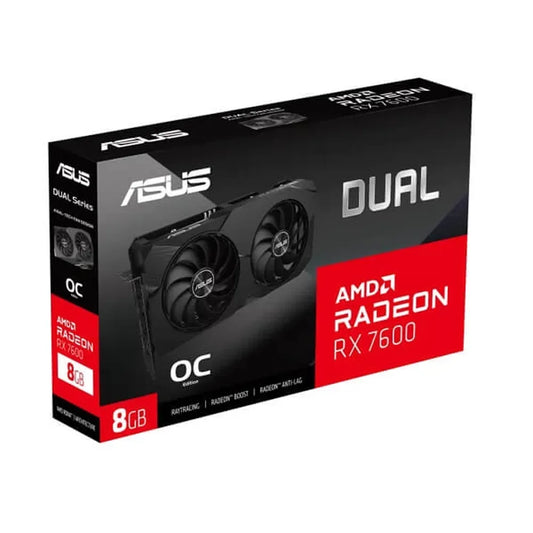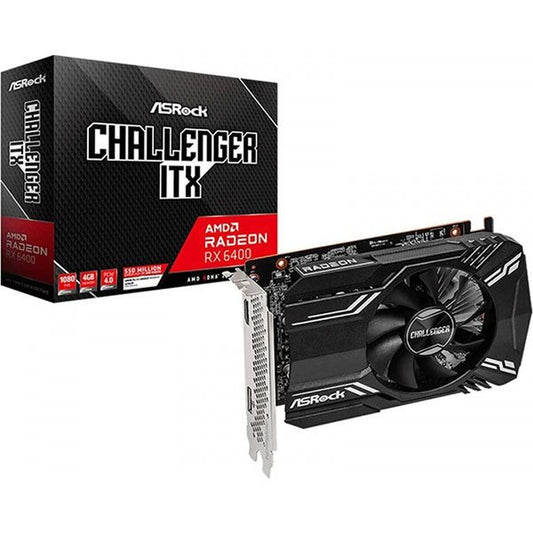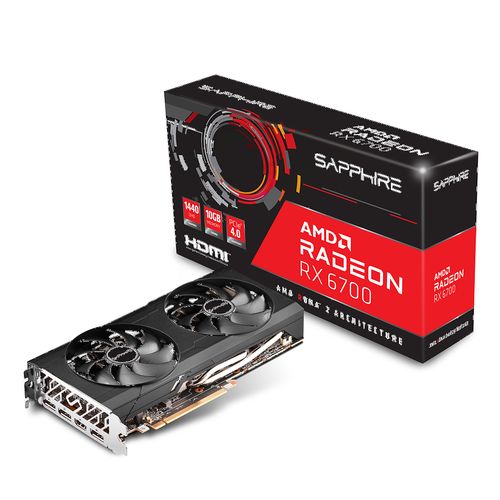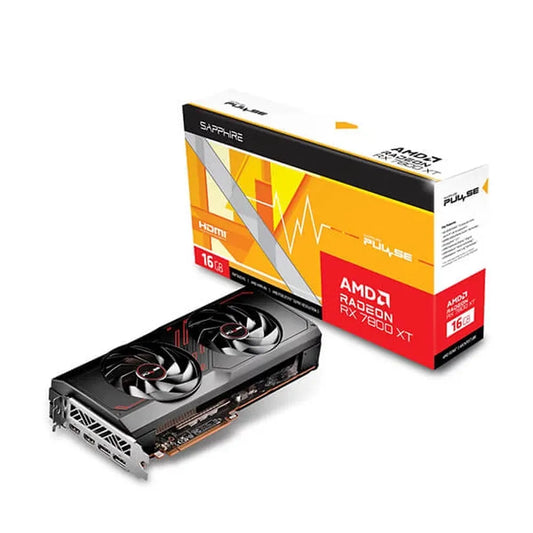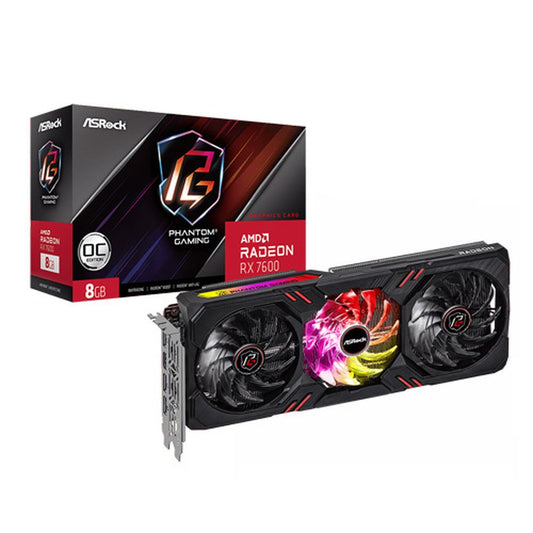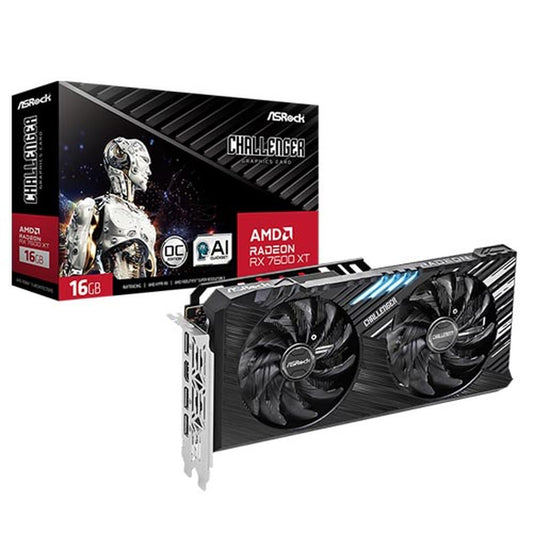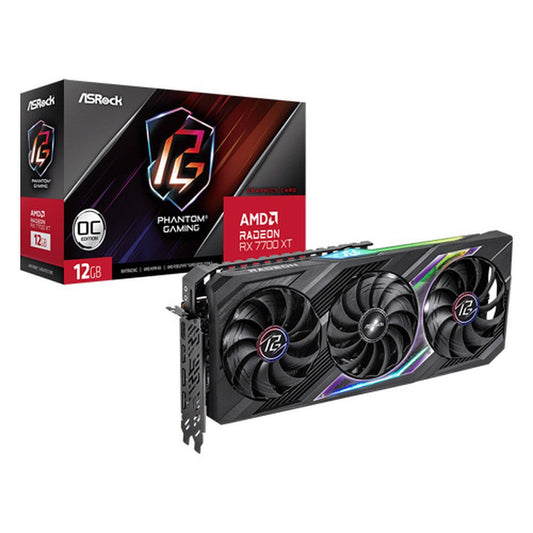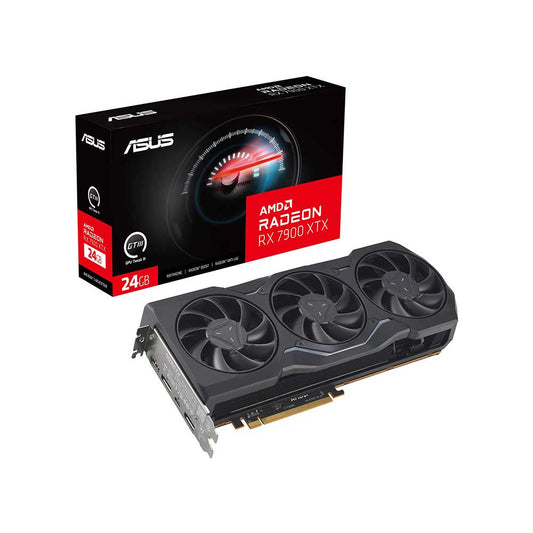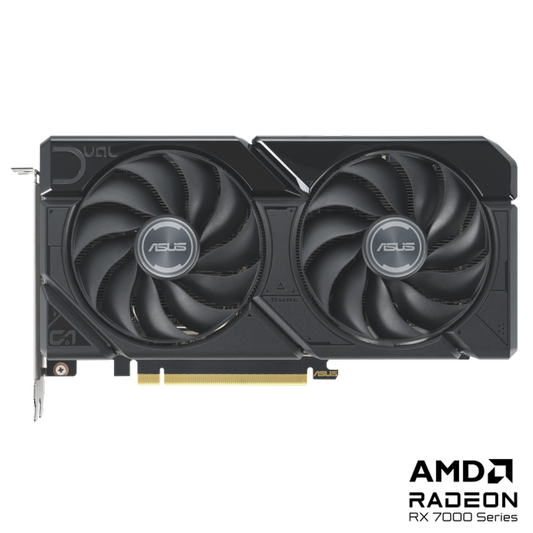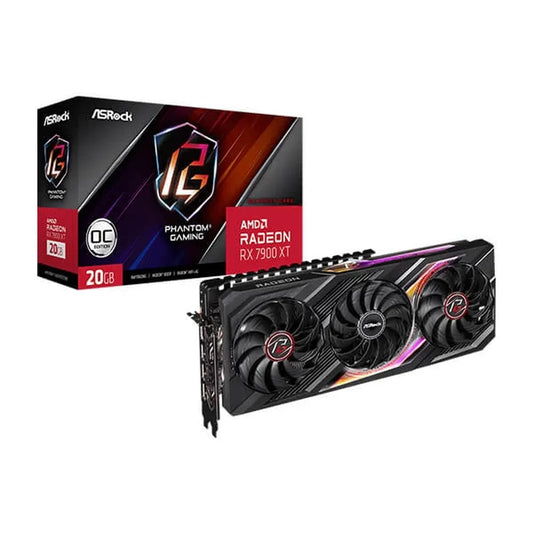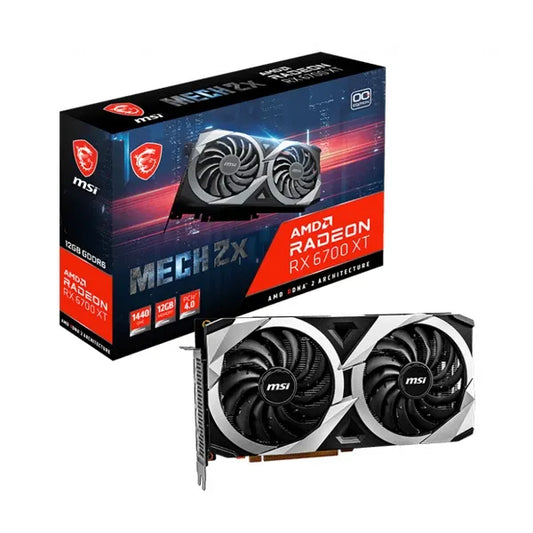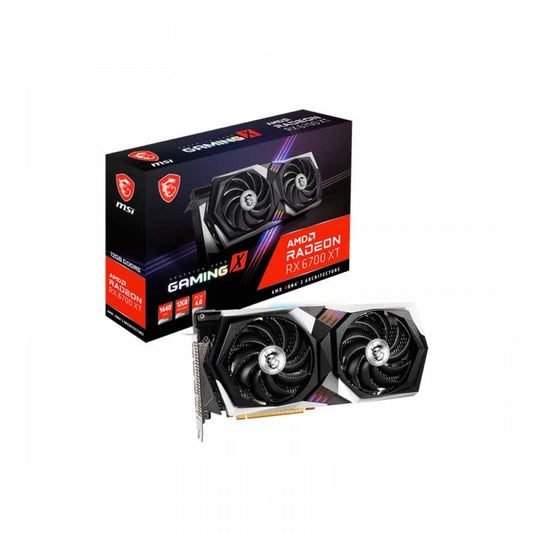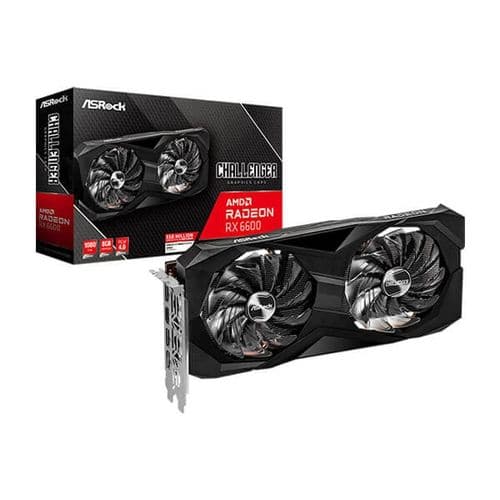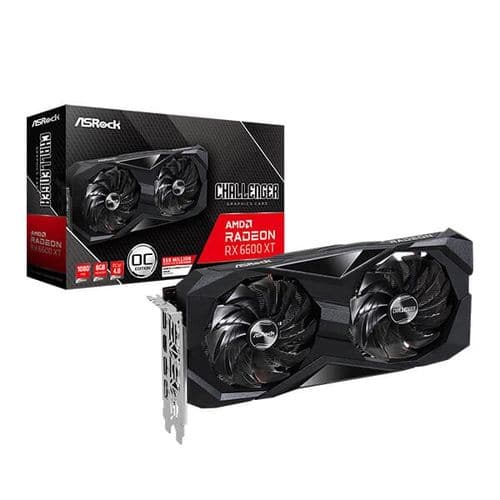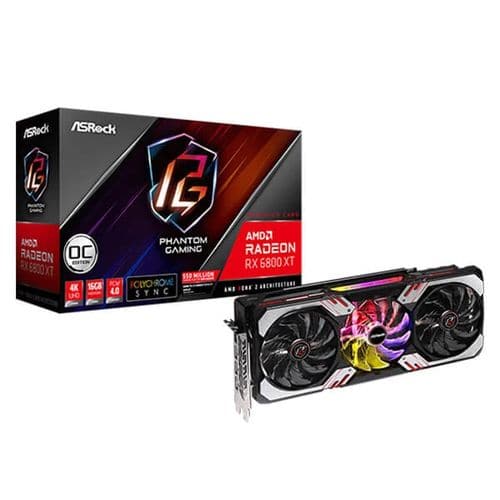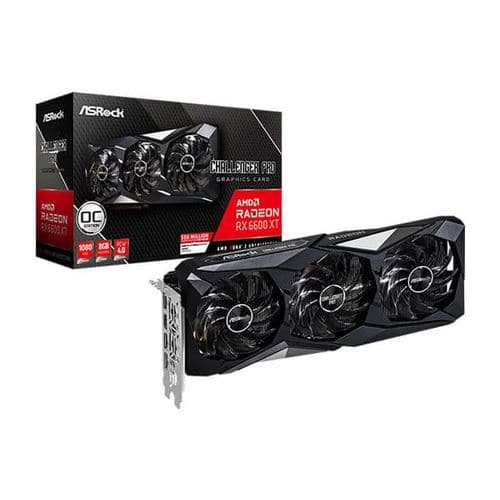ASRock RX 6750 XT Challenger Pro OC 12GB Gaming Graphics Card
Rs. 33,999.00
Rs. 59,999.00
AMD Ryzen 5 8600G Processor With Radeon Graphics
Rs. 21,775.00
Rs. 29,699.00
Sapphire RX 550 Pulse OC 4GB Graphics Card
Rs. 7,595.00
Rs. 12,950.00
ASRock Radeon RX 7700 XT Challenger OC 12GB Graphic Card
Rs. 43,415.00
Rs. 49,999.00
ASUS Dual Radeon RX 7600 XT OC Edition 16GB GDDR6 Graphic Card
Rs. 35,995.00
Rs. 46,246.00
ASRock AMD Radeon RX 7600 XT Steel Legend OC 16GB Graphic Card
Rs. 35,495.00
Rs. 46,624.00
ASUS Dual Radeon RX 7700 XT OC Edition 12GB GDDR6 Graphic Card
Rs. 44,295.00
Rs. 56,246.00
ASRock Radeon RX 7800 XT Phantom Gaming OC 16GB Graphic Card
Rs. 52,645.00
Rs. 69,669.00
ASRock Radeon RX 7800 XT Steel Legend OC 16GB GDDR6 Graphic Card
Rs. 51,675.00
Rs. 66,246.00
Sapphire Pulse RX 7600 XT 16GB Graphics Card
Rs. 34,095.00
Rs. 39,699.00
ASRock RX 7600 Steel Legend OC 8GB Graphics Card
Rs. 25,420.00
Rs. 33,633.00
ASUS TUF Gaming Radeon RX 7900 XTX OC Edition 24GB GDDR6
Rs. 100,595.00
Rs. 149,999.00
ASRock RX 7900 XTX Phantom Gaming OC 24GB Graphics Card
Rs. 96,995.00
Rs. 110,000.00
Asus Dual Radeon RX 6600 8GB Graphic Card
Rs. 19,985.00
Rs. 35,000.00
ASUS Dual Radeon RX 7800 XT OC Edition 16GB GDDR6 Graphic Card
Rs. 54,395.00
Rs. 69,666.00
Sapphire Nitro+ Radeon RX 7900 GRE OC 16GB Graphics Card
Rs. 61,385.00
Rs. 84,699.00
Sapphire Pure Radeon RX 7900 GRE 16GB Graphics Card
Rs. 57,195.00
Rs. 66,246.00
Sapphire RX 7800 XT NITRO+ OC 16GB Gaming Graphics Card
Rs. 56,175.00
Rs. 66,999.00
Sapphire RX 7700 XT NITRO+ OC 12GB Gaming Graphics Card
Rs. 46,645.00
Rs. 66,999.00
ASUS TUF Gaming Radeon RX 7800 XT OC Edition 16GB GDDR6 Graphic Card
Rs. 56,795.00
Rs. 72,699.00
ASRock AMD Radeon RX 5600 XT Challenger D OC 6GB GDDR6 Graphic Card
Rs. 13,645.00
Rs. 24,246.00
Asus Dual RX 7600 OC Edition 8GB Graphics Card
Rs. 26,590.00
Rs. 47,999.00
AsRock Challenger Redeon RX 6400 GDDR6 4GB Graphic Card (Black)
Rs. 12,188.00
Rs. 18,499.00
Sapphire Radeon RX 6700 OC 10GB Graphics Card
Rs. 28,990.00
Rs. 54,999.00
Sapphire Pulse Radeon RX 7800 XT 16GB Gaming Graphics Card
Rs. 52,895.00
Rs. 66,999.00
ASUS DUAL Radeon RX 560 4GB Graphic Card
Rs. 9,113.00
Rs. 11,999.00
PowerColor Radeon RX 7900 XTX Hellhound 24GB Graphics Card
Rs. 109,263.00
Rs. 159,999.00
Sapphire Nitro+ AMD Radeon RX 7900 XTX Gaming Vapor-X 24GB Graphic Card
Rs. 110,999.00
Rs. 129,999.00
Sapphire Pulse AMD Radeon RX 6650 XT 8GB GDDR6 Graphics Card
Rs. 25,039.00
Rs. 70,000.00
ASRock AMD Radeon RX 7600 Phantom Gaming OC 8GB Graphic Card
Rs. 25,871.00
Rs. 39,624.00
ASRock AMD Radeon RX 7600 XT Challenger OC 16GB Graphic Card
Rs. 33,594.00
Rs. 46,246.00
ASRock AMD Radeon RX 7700 XT Phantom Gaming OC 12GB Graphic Card
Rs. 44,936.00
Rs. 59,669.00
Asrock AMD Radeon RX 6600 Challenger ITX 8GB Graphic Card
Rs. 20,820.00
Rs. 26,246.00
Asus Radeon RX 7900 XT 20GB Graphics Card
Rs. 105,695.00
Rs. 179,999.00
Asus Radeon RX 7900 XTX 24GB Graphics Card
Rs. 118,180.00
Rs. 159,999.00
Asus Phoenix RX 550 EVO 4GB Gaming Graphics Card
Rs. 7,695.00
Rs. 8,500.00
Sapphire Pulse Radeon RX 7700 XT 12GB Gaming Graphics Card
Rs. 44,785.00
Rs. 56,899.00
Sapphire Pulse RX 7600 8GB Graphics Card
Rs. 26,195.00
Rs. 36,624.00
ASUS TUF Gaming Radeon RX 7600 XT OC Edition 16GB Graphic Card
Rs. 37,865.00
Rs. 49,969.00
Sapphire Pulse RX 7900 XT 20GB Graphics Card
Rs. 83,494.00
Rs. 109,985.00
ASRock RX 570 Phantom Gaming Elite 8GB Graphics Card
Rs. 11,908.00
Rs. 14,999.00
Sapphire Pulse RX 7900 XTX OC 24GB Graphics Card
Rs. 103,288.00
Rs. 130,000.00
ASRock RX 7900 XT Phantom Gaming OC 20GB Graphics Card
Rs. 73,997.00
Rs. 90,000.00
MSI Radeon RX 6700 XT Mech 2X OC 12GB Graphics Card
Rs. 46,444.00
Rs. 83,999.00
MSI Radeon RX 6700 XT Gaming X 12GB Graphics Card
Rs. 51,039.00
Rs. 89,999.00
ASRock Radeon RX 6700 XT Challenger D 12GB Graphic Card
Rs. 41,599.00
Rs. 110,000.00
ASRock Radeon RX 6600 Challenger D 8GB Graphic Card
Rs. 19,539.00
Rs. 60,000.00
ASRock Radeon RX 6600 XT Challenger D OC 8GB Graphic Card
Rs. 39,787.00
Rs. 65,000.00
ASRock Radeon RX 6800 XT Phantom Gaming D OC 16GB Graphic Card
Rs. 55,100.00
Rs. 109,990.00
ASRock Radeon RX 6600 XT Challenger Pro OC 8GB Graphic Card
Rs. 42,162.00
Rs. 75,000.00

